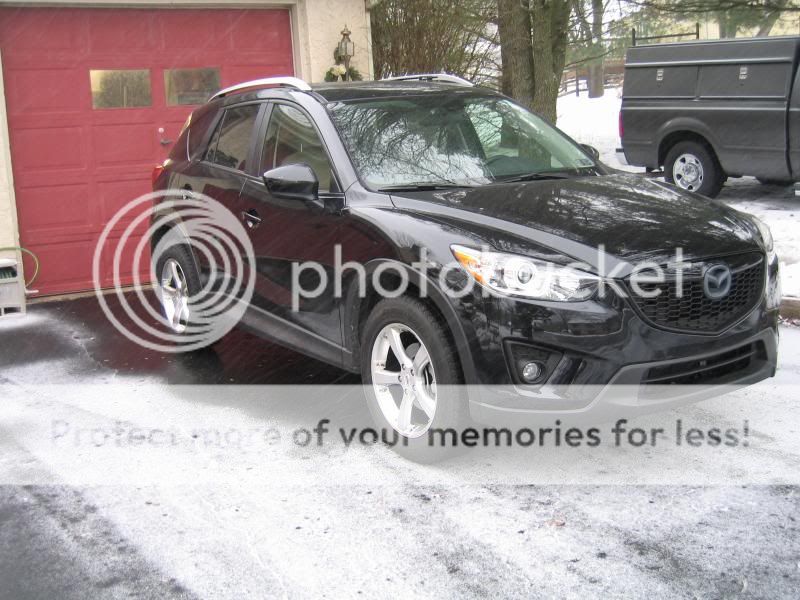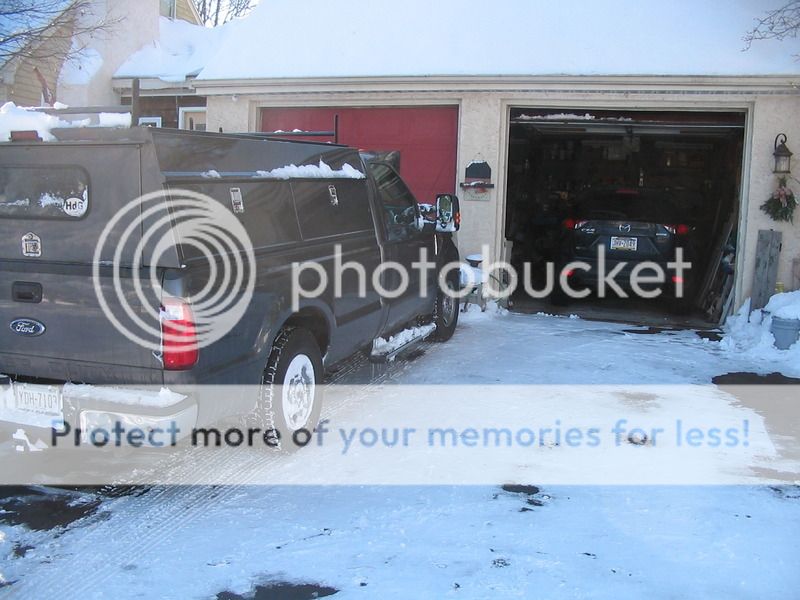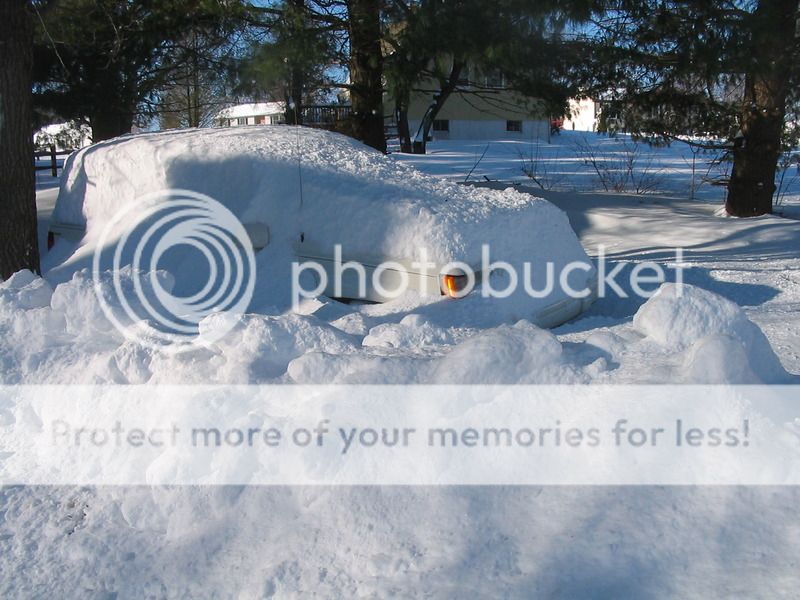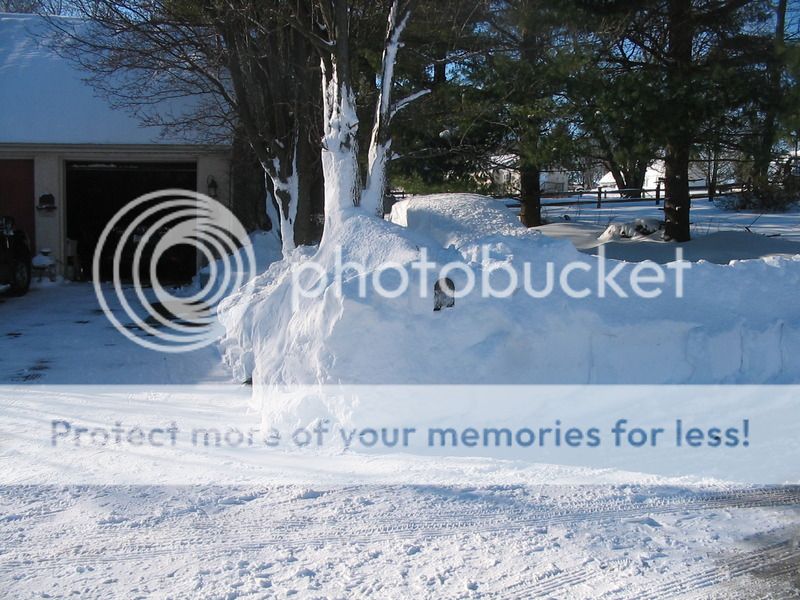Here's something. For the last few months my grandfather's staying with us due to health reasons. He was in WWII and was in some of the coldest parts of the world during his fighting days. Yesterday when I had to mandatory travel that 27 miles, it seems he was in the garage. He now told me he did what he USED to do back during WWII days. It seems he DEFLATED my tires. I don't know why or till what level, the TPMS did not kick in but here's the kicker - as per him, they used to do it when drving in severe snow and it drastically helps in traction.
As you might realize by now, I am totally novice when it comes to snow driving. So asking - is it really the case? Maybe that's why my OEM tires held up? He's saying (his exact words): "The Dingos had it, Humvees have it.. don't worry - it works"






